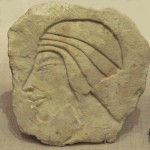Edition - August, 2012
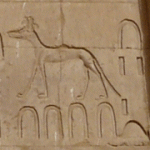
sAb Corpus – v3
We are pleased to now host v3 of Etienne Vande Walle’s sAb Corpus Prosopographie. /2012/05/sab-corpus-9142 If for any reason you still require v2 then for the moment it remains available at http://www.glyphs.info/wp-content/uploads/sAb%20Corpus%20-%20v2.pdf [more…]
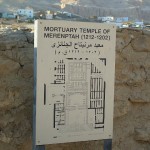
Editorial: First Anniversary Edition
Egyptological is one year old and we celebrate with a bumper edition with eighteen original articles, reviews and albums for your delectation. The Journal It is hard to know where to start! Perhaps with Edition 5 of the Journal. Although three articles have been deferred to the next edition of the Journal we still have […] [more…]
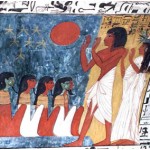
Solar Eclipse Events in the New Kingdom – Part 1: Texts and Funerary Material
This paper discusses a class of inscriptions appearing on eleven artefacts together with text and vignettes from five tombs and funerary material from Deir el-Medina, which may contain expressions made in response to eclipses. It is proposed that: [more…]
a) these artefacts record the witnessing of a deep solar eclipse; and [more…]
b) ill understood at the time, the eclipse was interpreted by witnesses as a form of punishment or omen and was consequently expressed in religious terms on stelae; protection against recurrences of the event was also included in tombs and on funerary furniture. [more…]
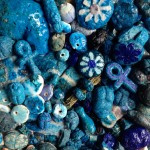
Brilliant Blue: A Practical Investigation of the Production of Ancient Egyptian Faience
Abstract. Ancient faience material found in large quantities throughout Egypt display a wide variety in the quality and intricacy of workmanship. Although evidence has shown that that there were temple and royal workshops the amount of pieces discovered in and around domestic dwellings suggest a thriving cottage industry existed. This paper investigates this possibility through experiments to recreate the traditional conditions and the processes used in the manufacture of faience. A wood fired kiln based on the traditional Ancient Egyptian bread oven was used with electric fired control pieces produced in order to trial recipes and develop an understanding the role of temperature in the nitrification process. The experimentation explored the processes of application, efflorescence and cementation and the techniques of moulding, bead making, inlay and stone glazing. [more…]
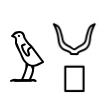
Notes on Legal Vocabulary (Old Kingdom and the First Intermediate Period)
In approaching the study of sAb, I raised the issue of the purport of this title and proposed a hypothesis for its translation (Vande Walle 2011) which differs from the usual notion of judge. In doing so, I collected some data on terminology concerning the act of judging and of the actors revolving around its implementation, which are the subject of this work. [more…]
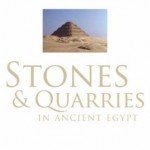
Book Review: Klemm, R. and Klemm, D. D., Stones and Quarries in Ancient Egypt, British Museum Press 2008
Abstract. Rosemarie and Dietrich Klemm’s Stones and Quarries in Ancient Egypt, is described by W.D. Davies in the preface to the British Museum Edition as “one of modern Egyptology’s most valuable works of reference”. Stones and Quarries is an outstanding work of reference, but it wants to be much more. It contains a comprehensive gazetteer of quarries, whose primary use would be in the field. Its instructional content is designed, according to the authors, to raise standards of geological literacy among “all Egyptologists,” and to encourage interdisciplinary research. Looking at Stones and Quarries as, at the same time, a reference book, a field manual and a textbook of Egyptian petrology provokes two sets of questions. The one concerns the role of geology in Egyptology. Who should learn geology, for what purpose, and to what levels of expertise? The other concerns the future of conventional reference books in an age of electronic media. [more…]
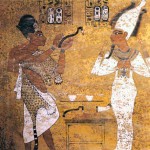
Arthur Cruttenden Mace – Taking His Rightful Place, Part 2
In Part 1, we discovered how Arthur Mace took excellent advantage of a distinguished family name, overcoming the fact that wealth would not play a part in making his dreams a reality. Through education, an apprenticeship with his distinguished relative Flinders Petrie and a devotion to proper artifact conservation, Mace ensured respect from his peers. In Part 2, I will show how Mace continued to make contributions to Egyptology throughout a prolonged illness. His conservation techniques preserved artifacts spanning the Metropolitan Museum in New York to the pyramids in Lisht. Mace’s final acts of preservation, as he worked in the tomb of a previously unknown pharaoh made a name for him, although it may very well may have also contributed to his untimely passing. [more…]
 By Kate Phizackerley
By Kate Phizackerley